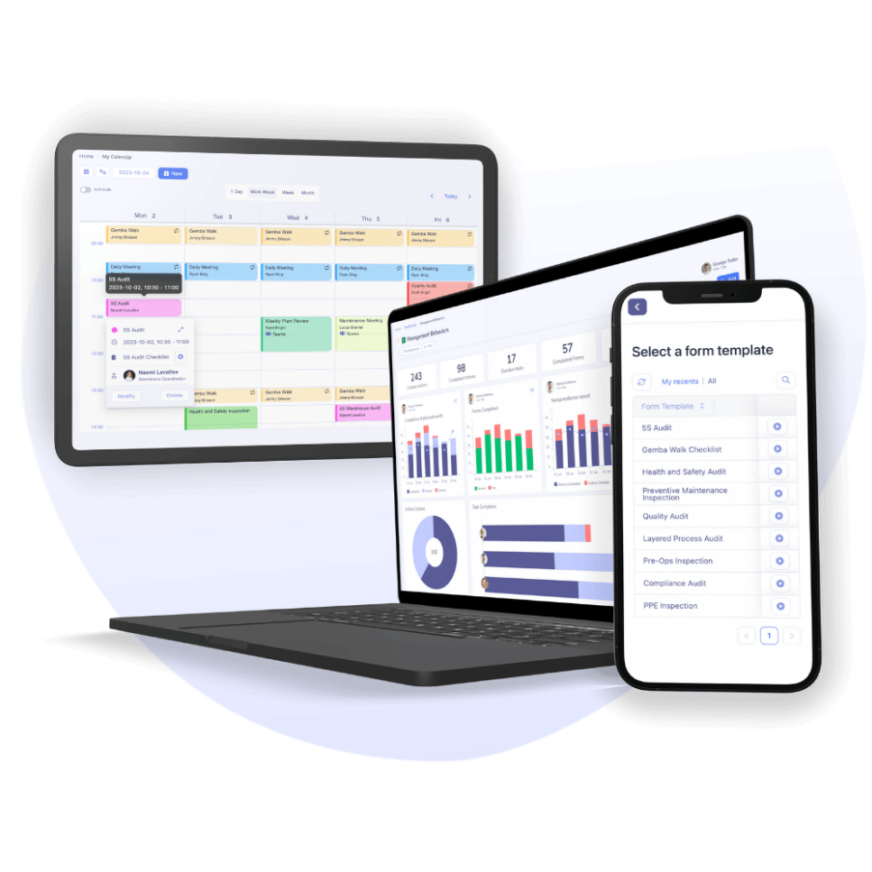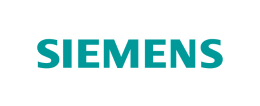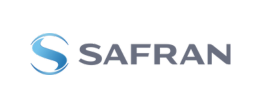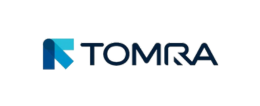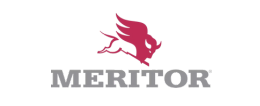What Is a Quick Response Quality Control (QRQC) System?

| Audience: | Manufacturing Managers, Healthcare Administrators, Operational Excellence and Lean Management Practitioners, HR Coordinators, Organizational Leaders |
| Last updated: | August 13, 2025 |
| Read time: | 11 min |
- QRQC is a method to drill down and uncover the root cause of problems.
- It emphasizes a fast response to minimize downtime and keep production moving smoothly.
- QRQC includes steps like problem identification, root cause analysis, implementing corrective actions, and verifying effectiveness to ensure continuous improvement.
QRQC (Quick Response Quality Control) helps manufacturers quickly identify and resolve quality issues. It’s a structured approach with roots in the Japanese philosophy of continuous improvement.
- QRQC is a method to drill down and uncover the root cause of problems.
- It emphasizes a fast response to minimize downtime and keep production moving smoothly.
- QRQC includes steps like problem identification, root cause analysis, implementing corrective actions, and verifying effectiveness to ensure continuous improvement.
In today’s manufacturing industry, implementing a robust quality management system is essential for ensuring product quality, reducing defects, managing deviations from standards, and preventing the problem from occurring again. One such system is the Quick Re
QRQC Origin
The Quick Response Quality Control (QRQC) system has its roots in the Total Quality Management (TQM) philosophy that emerged in Japan in the 1950s. TQM was a management approach that emphasized the importance of continuous improvement, customer satisfaction, and employee involvement in quality control.
The automaker Nissan specifically developed QRQC in the 1990s as a response to the increasing complexity of manufacturing processes and the need for a structured approach to problem-solving. The goal was to create a system that would quickly identify and resolve quality issues to prevent production delays and improve customer satisfaction.
The QRQC system was based on the Kaizen methodology, a Japanese term meaning “continuous improvement.” Kaizen emphasizes the importance of continuous improvement in all aspects of an organization, including quality control, productivity, and customer satisfaction.
Nissan’s implementation of QRQC was highly successful, and the system quickly spread to other industries, including aerospace, electronics, and healthcare. Today, QRQC is used by companies worldwide as a tool for improving product quality, reducing defects, and increasing efficiency.
What Is QRQC (Quick Response Quality Control) and what does it mean?
QRQC stands for Quick Response Quality Control, a problem-solving methodology that combines quality control, continuous improvement, and teamwork to resolve quality issues in a manufacturing environment. It is a structured approach to problem-solving that involves identifying the problem, analyzing its root cause, handling anomalies, implementing corrective actions, and verifying their effectiveness.
The QRQC system emphasizes a fast response time to quality issues to minimize the impact on production and customer satisfaction. The organization aims to identify and resolve issues within hours, rather than days or weeks.
How Manufacturers implement QRQC with Tervene

The QRQC system provides a standardized approach to problem-solving that enables cross-functional teams to quickly and effectively resolve quality issues. It typically involves a team of members from support departments or areas of expertise who work together. The system typically follows a set of steps, such as:
- Identifying quality issues or non-conformities that require corrective action. This may involve customer feedback, product inspections, or internal audits.
- Gathering and analyzing data using checklists and forms. Documenting issues and non-conformities.
- Identifying the underlying causes of quality issues or non-conformities. This involves gathering data, analyzing trends, and using tools such as Fishbone diagrams or Pareto charts to identify the root cause(s) of the problem.
- Proposing and implementing corrective actions. Addressing quality issues or non-conformities, including specific actions that will be taken to resolve the issue, timelines for completion, and responsibilities for each action.
- Cascading information at the right management level, ensuring that quality issues are addressed at the appropriate level of management based on their severity and complexity.
- Holding QRQC Meetings and daily huddles with cross-functional teams to share information, identify emerging quality issues, and collaborate on problem-solving.
- Verifying that the corrective action plan has been effective in addressing the quality issue or non-conformity.
- Standardizing and implementing procedures to prevent the recurrence of quality issues.
The Quick Response Quality Control (QRQC) system aims to resolve each problem by involving the closest individuals to it, at the lowest level of the management hierarchy possible. This approach requires a clear structure and escalation process that allows issues to be addressed at the production line, team or shop level, and eventually at the entire plant level if necessary.
Accelerate problem solving with our tools
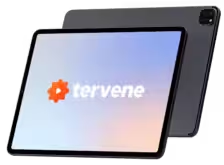
What tools support QRQC methodology?
QRQC works best when you’ve got the right tools in place. These tools make the process smoother, faster, and easier to manage. They help your team spot issues, act quickly, and make improvements that stick.
| Tool | How it helps | When to use it |
| Checklists | Build habits, reduce misses, keep tasks consistent | Daily inspections, safety walks, standard work |
| Forms | Encourage issue reporting, collect key details fast | When problems appear on the floor |
| Audits | Verify processes, track trends, drive accountability | Weekly/monthly checks, prepare for audits |
| Visual boards | Make issues and actions clear to everyone | Daily huddles, ongoing action tracking |
| Digital dashboards | Show KPIs, recurring issues, action status in real time | Shift changeovers, team meetings, management reviews |
| Tervene (platform) | Centralizes the full QRQC workflow digitally | End-to-end management, especially across locations |
Let’s look at the tools that bring QRQC to life on the shop floor.
Checklists, forms, and audits based on a QRQC template
QRQC relies on consistency. That’s why structured tools like checklists, forms, and audits are so important. They keep everyone aligned and focused on doing the right things the right way.
Checklists are quick and simple. Use them for daily equipment checks, standard work, or safety walks. They make sure nothing’s missed, even on a busy shift.
Forms are essential for reporting problems. When something goes wrong, you want operators to speak up fast. A clear, easy-to-use form encourages that. It also captures important details right at the source.
Audits help you verify that processes are being followed. They highlight risks, show trends, and support a culture of accountability. Audits also give supervisors real data to work with, so they’re not just guessing where the problems are.
These tools aren’t flashy, but they’re powerful. They create the rhythm that keeps QRQC running day after day.
Visual management as your QRQC board
One of the key strengths of QRQC is that it’s visual. You don’t want teams spending time digging through emails or spreadsheets to find answers. Visual management brings everything to the surface. It keeps information clear, accessible, and right where people can see it.
Start with something simple, like boards. A whiteboard or magnetic board works great during daily huddles. It’s a quick and effective way to track open issues, action items, and who’s responsible.
Everyone can see the same priorities at a glance, which helps keep the team aligned and focused.
For more advanced needs, digital dashboards take visual management further. They can display real-time KPIs, recurring problems, and audit results, all in one place. Dashboards can be shown on large screens or tablets across the workspace so everyone stays informed, no matter where they are.
Tervene takes things even further by digitizing the entire QRQC process. It lets you lead daily meetings, document issues, assign corrective actions, and follow up, all from one platform.
Everything is centralized, visible, and connected. It’s especially useful for leaders who need to monitor multiple teams or locations. With Tervene, you’ll save time, cut down on paperwork, and improve follow-through on actions.
Visual tools help teams stay focused and aligned. They show what matters right now and what’s already been handled. That kind of visibility keeps everyone moving in the same direction.
Audits, Inspections and Checklists
Audits and inspections play a key role in the QRQC system by providing a structured approach for monitoring and verifying the effectiveness of quality control processes and procedures. Audits and inspections aim to identify potential issues or non-conformities before they become larger problems affecting product quality, customer satisfaction, and business processes.
Documentation of Issues and Nonconformities
Documenting issues and non-conformities is a critical aspect of the QRQC system because it provides a record of what went wrong, when it occurred, and how it was resolved. By documenting issues and non-conformities, organizations can better understand the root causes of quality problems, track trends over time, and identify opportunities for improvement.
Root Cause Analysis
When a quality issue is identified in a QRQC system, the first step is to contain the problem and prevent it from causing further damage. Next, the team will conduct a root cause analysis to identify the underlying cause of the issue.
By identifying the underlying causes of problems, organizations can implement sustainable solutions that improve the overall quality of their products and processes. This involves gathering data, conducting interviews, analyzing trends, and using tools such as Fishbone diagrams or Pareto charts to identify the root cause(s) of the problem.
Corrective and Preventive Actions
Once the root cause has been identified, the team can develop and implement corrective and preventive actions to address the issue and prevent it from occurring in the future. This may involve making changes to the production process, training employees on new procedures, or implementing new quality control measures.
The QRQC system involves cross-functional teams working together to implement corrective actions to prevent its recurrence. An action plan includes:
- Actions that will be taken to resolve the issue.
- Timelines for completion.
- Responsibilities for each action.
Communication Cacade and Escalation Process Across the Organization
The escalation process across management levels is a critical component of the QRQC system, as it provides a framework for ensuring that quality issues are addressed at the appropriate level of management based on their severity and complexity.
In many organizations, the QRQC system includes a set of predefined escalation levels, each corresponding to a different level of management responsibility. For example, a Level 1 issue may be addressed by a front-line supervisor or team leader, while a Level 2 issue may be escalated to a department manager or senior supervisor. More complex or critical issues may be escalated to higher levels of management, up to and including the executive leadership team.
The escalation process helps to ensure that quality issues are addressed promptly and effectively and that the appropriate resources are allocated to resolve the issue. By escalating issues as needed, teams can quickly access the expertise and resources they need to identify the root cause of the problem and implement an effective corrective action plan.

QRQC Meetings and Daily Huddles
Daily huddles and meetings are an important part of the QRQC system, as they provide a forum for cross-functional teams to share information, identify emerging quality issues, and collaborate on problem-solving. These meetings are typically short, focused discussions that take place at the beginning of each shift or workday, and are designed to quickly bring team members up to speed on any new developments or issues that have arisen since the previous meeting.
During daily huddles and meetings, team members may review data, discuss quality issues that have been identified, share updates on ongoing projects, and review progress on corrective actions that have been implemented.
By keeping everyone informed and engaged, daily huddles and meetings help to ensure that quality issues are addressed in a timely and effective manner, and that the QRQC system is being implemented consistently across the organization.
Who should be involved in QRQC implementation?
QRQC only works when the right people are involved, consistently and actively. It’s not just a quality team initiative. It’s a team-wide effort that depends on fast communication, quick action, and shared ownership.
Let’s simplify that with a quick snapshot:
| Role | What they do in QRQC |
| Operators | Spot issues, speak up fast, fill in forms, join huddles |
| Supervisors | Lead meetings, assign actions, coach, escalate if needed |
| Quality Team | Validate issues, support root cause analysis, verify fixes |
| Maintenance | Fix equipment-related problems, prevent future breakdowns |
| Engineers | Solve recurring issues, suggest design/process improvements |
| Managers/Leaders | Support the system, review trends, remove roadblocks |
And add more details by breaking down who should be part of the process.
Operators and supervisors
Operators are the eyes and ears of your operation. They’re the first to spot problems on the floor, whether it’s a product defect, a machine issue, or a safety risk. That’s why they should be at the center of your QRQC system.
When operators are encouraged to speak up, log issues, and join daily problem-solving, quality improves fast. Their input is real, direct, and immediate.
Supervisors play a key role in making this happen. They lead QRQC meetings, coach team members, and make sure actions are followed through. They also help remove roadblocks and escalate problems when needed. Simply put, they’re the link between frontline teams and leadership.
Support teams and engineers
Operators and supervisors drive daily control, but they can’t do it all. Support teams like quality, maintenance, and engineering bring the expertise needed to solve complex or recurring problems.
Each group has a role:
- Quality helps verify issues, guide root cause analysis, and ensure standards are followed.
- Maintenance steps in when equipment causes disruptions or failures.
- Engineers look at long-term fixes– design changes, process improvements, or automation.
When these teams join the QRQC process early, you avoid delays and get faster results.
Cross-functional teams after QRQC training
Problems rarely stay in one department. That’s why cross-functional collaboration matters.
When teams from different areas work together, you get more complete solutions. You also avoid finger-pointing, reduce delays, and create shared ownership of both problems and outcomes.
QRQC works best when everyone understands: quality is everyone’s job.
A strong QRQC system includes your frontline team, your support experts, and your leadership. The more you involve the right people at the right time, the faster you’ll solve problems and prevent them from coming back.
Discover Tervene’s QRQC tools
Video: Safran's Daily Management System
FAQ about QRQC
QRQC stands for Quick Response Quality Control. It’s a method for quickly finding and fixing quality problems in manufacturing. It focuses on teamwork and getting to the root cause of an issue so it doesn’t happen again.
QRQC was developed by Nissan in the 1990s. It’s based on ideas from Total Quality Management (TQM) and the Kaizen approach, which both emphasize continuous improvement.
QRQC follows a structured process:
- Identify the problem: Spot the issue affecting quality.
- Analyze the root cause: Use tools to figure out why the problem happened.
- Take action: Implement a solution to fix the problem.
- Check effectiveness: Make sure the solution worked and the problem is gone.
- Prevent recurrence: Put steps in place to stop the problem from happening again.
QRQC uses various tools to analyze problems and find solutions, such as:
- 5 Whys: Asking “why” five times to get to the root cause.
- Fishbone diagrams: A visual way to map out potential causes of a problem.
- Pareto charts: Helps to prioritize problems by showing which ones occur most often.
QRQC helps manufacturers:
- Improve product quality: By finding and fixing problems quickly.
- Reduce waste: By eliminating defects and rework.
- Increase efficiency: By preventing production delays and downtime.
- Boost customer satisfaction: By delivering high-quality products.
Implementing QRQC requires a structured approach:
- Define goals and scope: Decide what you want to achieve with QRQC.
- Form a team: Involve people from different departments.
- Establish a process: Create a clear process for identifying and solving problems.
- Provide training: Ensure everyone understands how to use QRQC tools and methods.
- Use technology: Consider tools like Tervene to support your QRQC system.




